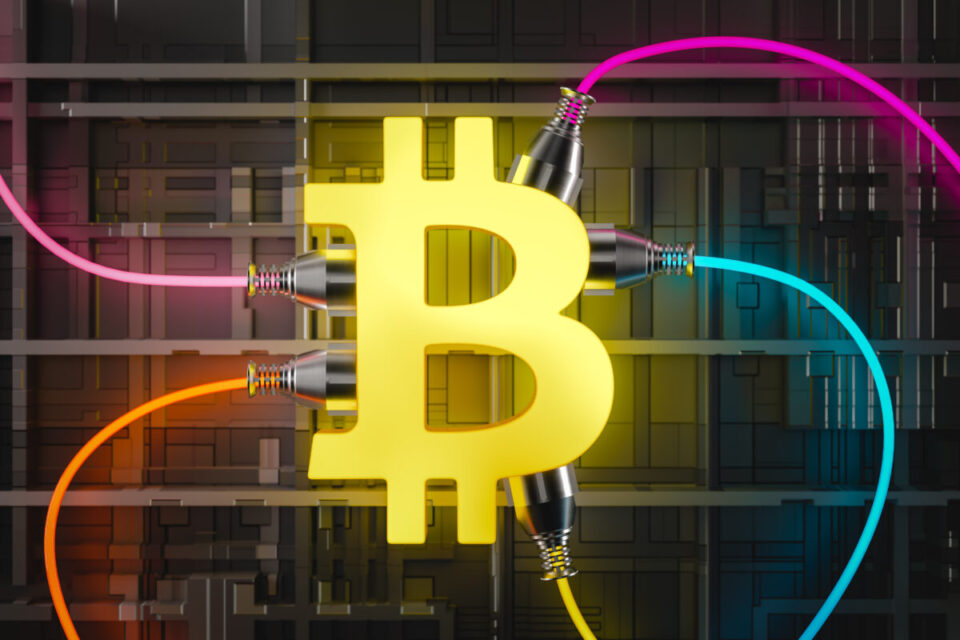For many policymakers, entrepreneurs, and investors, Bitcoin’s energy consumption was an inescapable debate in 2022.
As the year progressed, the team at Soluna was at the forefront of research and responses to the changing, greening landscape.
On January 20, 2022, CEO John Belizaire was invited to testify at the House Oversight Subcommittee hearing called, “Cleaning up Crypto, the Energy Impacts of Blockchains.” During that hearing, our Members of Congress were seeking information about the sector’s energy use. (Check out John’s answers to Congress’ Questions for the Record here.)
On January 27, 2022, Senator Elizabeth Warren sent a letter to the top six crypto companies demanding information about their energy use and impacts “Top Bitcoin Miners Pressed by U.S. Lawmakers to Detail Climate Impact, Power Consumption.”
These January events kicked off what becomes a year of policy efforts, op-eds, and research in a global Bitcoin-energy debate.
We even made some bold predictions regarding the path of the crypto industry.
Over the next few weeks, we’ll be rounding up some of the most notable moments in the Bitcoin-energy debate in this 4-part blog series and circling back to some of the learnings we had along the way.
Here’s a tour of the rest of Q1-2022, from our perspective:
February: Yay or Nay on Crypto Regulation?
We kicked off a series of conversations with industry experts to dive into the ongoing debate over crypto mining regulation. We learned a lot about the types of incentives that could stabilize the grid and catalyze clean power growth in Season 2 of our podcast, Clean Integration.
In the first episode, CEO John Belizaire discussed the future of crypto energy policy with Sanjeev Kumar, an expert advisor in the renewable energy space, and Kathyrn Carpenter, Founder of Cecilia Energy, a green hydrogen start-up.
Together, John, Sanjeev, and Kathryn consider a reasonable policy compromise that would increase pressure on ‘dirty’ energy mining and promote innovative practices of using renewable energy excess instead. They unpack what is at stake at the ‘PoW vs. PoS’ tension that has been brought into policymakers’ focus (especially following the announcement of The Merge) and, finally, they consider what will happen next on the crypto and energy policy front.
Their conversation was recorded on February 4, 2022. Shortly thereafter, President Joe Biden released an Executive Order on Ensuring Responsible Development of Digital Assets to which John responded for Blockworks.
Though, one key stakeholder was missing in some of the policy conversations concerning Bitcoin mining: the utility.
March: Bitcoin Mining and Power Producers have a lot to learn from each other.
At our core, Soluna is aiming to tackle the renewable energy problem and the Bitcoin efficiency problem in tandem.
We’ve learned a lot about both industries–one legacy and one still finding its form–and offered our take on what (and how) renewable energy and crypto can learn from one another to achieve their common goal of achieving ubiquity.
The question that shaped this month was:
How can we get the cryptocurrency and electricity industries to engage in more direct, intentional conversations?
We worked to gain a utility’s perspective on potential regulations encouraging innovation and ensuring responsible growth in crypto and clean energy.
We examined a case study from 2014, when new Bitcoin miners quickly set up shop in Chelan County, Washington with Steve Wright, former head of Chelan’s Public Utility District or PUD in a conversation for our podcast. Steve and John discussed how flexible load can change utilities and grid infrastructure for the better.
(Like John, Steve was invited to testify at the House Oversight Subcommittee hearing “Cleaning up Crypto, the Energy Impacts of Blockchains.”)
“I want to come back to why there really should be some analytical work done to try to figure out this optimization model between the two industries. I think there’s a lot of potential there, and more good conversation to be had between the two industries.
Take somebody from the crypto industry and somebody from the electric industry and put them in a room and give them a month and tell them to come out with something. I think you probably could make that happen” said Steve in their conversation.
In the first quarter of 2022, we saw energy experts and Bitcoin enthusiasts agree: Bitcoin mining has the potential to support more of what our planet really needs–clean energy.
The second quarter of 2022 brought changes to the Texas energy market, increased attention to institutional investment in Bitcoin mining, and more that we explore in Part 2.




